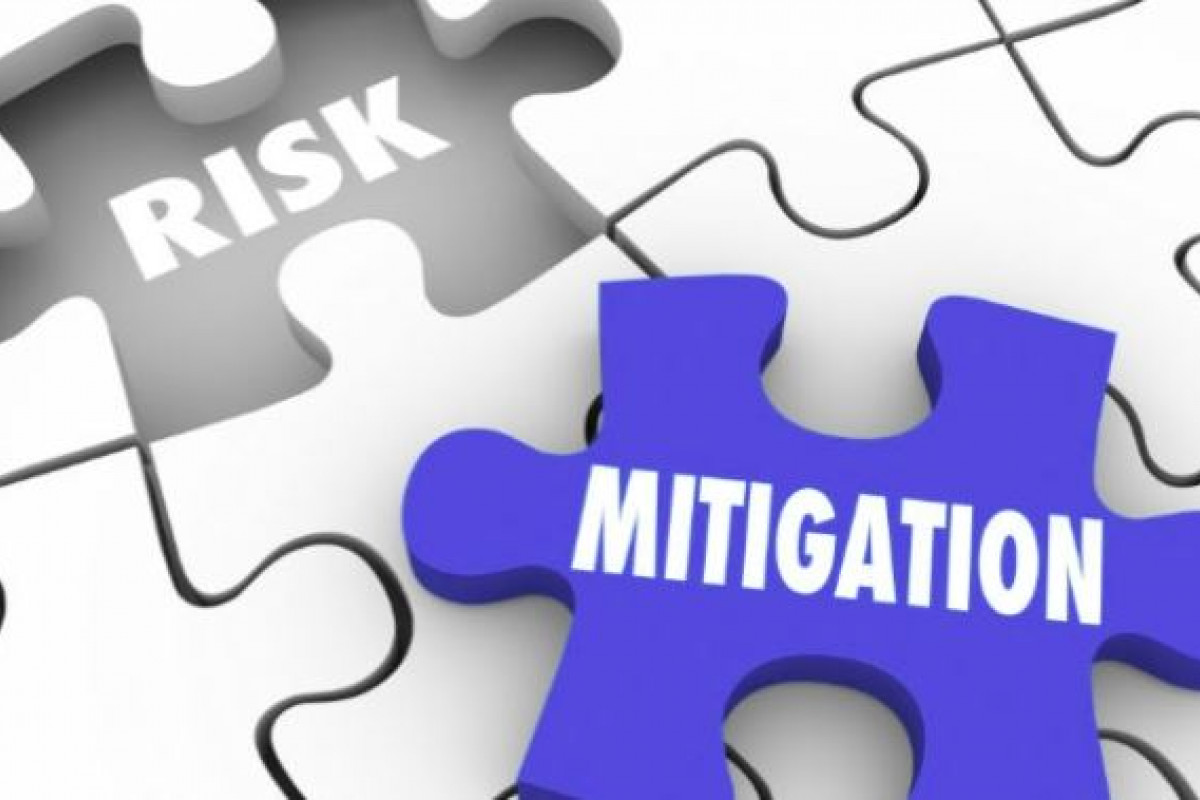Zimbabwe’s financial services sector is going through a major transition largely due to Zimbabwe’s economic decline as indicated by the high rate of unemployment, cash shortages, power cuts, foreign exchange rate disparities, weakening currency and price hikes.
According to the World Bank, Zimbabwe has the highest food inflation reaching up to 321% year-on-year. Latest statistics by the Zimbabwe National Statistics Agency show that the annual inflation shot by 74,5 percentage points from May 2023 to 175,8% in June 2023, resultantly all these factors are a wakeup call for institutions in the financial services to effectively implement risk mitigation strategies to ensure business continuity in the event of disruptions to operations. Having effective and clear strategies to mitigate risk operations in the financial services sector also demonstrates to the clients that the institution is prepared for crisis and loss.
The undoubted motivation behind money related organisations is to expand income in terms of profits and offer the value addition to shareholders investments by offering different financial services, particularly overseeing risks adequately. Organizations in the financial services sector face operational risk wherever they turn. Operational risks takes many forms which include risks of human error or omission design mistakes unsafe behavior, employee practice risks, and sabotage.
Moreover, Commercial risks which include risks of business interruption, loss of a key executive, supplier failure, and lack of legal compliance. On the other hand, Technical risks which include risks of physical asset failing or being damaged, equipment breakdown, infrastructure failure, fire, explosion, pollution etc. More crucial, there are financial risks which include risks of financial controls failing, treasury risks, lack of counterparty of credit assessment, sophisticated financial fraud and the effect of changes in macroeconomic factors. Interest rate risk and foreign currency risk are the main categories of financial risks.
Risk mitigation involves developing and choosing a path for controlling specific risks. To address risks, threats and vulnerabilities, they must be identified, validated and analyzed to determine the likelihood of an occurrence and its effect on the enterprise's business processes, employees and financials.
1. Accept and deal with the risk: The enterprise deems a risk sufficiently non-threatening to business operations and can effectively respond to a threat occurrence. Examples of risk acceptance include: accepting the risk to production schedule delays without damage to the business; accepting adjustments to budget expectations; and accepting the need for employees to continue working remotely.
2. Avoid the risk: The enterprise makes a conscious decision to avoid dealing with a specific risk and its outcome. Examples of risk avoidance include: identifying specific risks and suitable remedies or alternate processes to avoid potential negative outcomes; identifying all costs and unexpected costs for a project to avoid going over budget; and identifying qualified alternate members of a project team who can step in when necessary to avoid project delays.
3. Challenge the risk: When an identified risk emerges, the enterprise slows or terminates the event to an acceptable level before it progresses to the point where it can damage the business. Examples of risk challenge include: launching emergency power systems when a power outage occurs to minimize disruption in operations; and identifying a cyber-security anomaly and immediately isolating the malware before it can enter the company's internal computing environment.
4. Prioritize the risk: If more than one risk event occurs at the same time, such as a severe storm and loss of power, the organization establishes a priority list of actions to address the most critical risks first. Examples of risk prioritization include: activating backup procedures to protect systems and data due to an impending flood and its potential water damage to an office; and extinguishing a fire, shutting down power supplies and notifying the power company and fire department when a lightning strike causes a transformer to explode.
5. Control and manage the risk: Once risks are identified, assessed and prioritized, the enterprise deals with specific risk incidents, then documents and tests those actions to ensure that they're appropriate and in the proper sequence. Examples of risk control and management include: establishing policies, such as physical security and data protection; developing business continuity and technology disaster recovery plans.
6. Transfer the risk: Difficulties associated with a specific risk are transferred to another party, often insurance companies for coverage like cyber security liability insurance. Examples of risk transfer include: buying business interruption insurance to handle unplanned expenses in the aftermath of a cyber-attack.
7. Document and monitor the risk: All aspects of enterprise risk management, such as risk profiles, risk factors and inherent risk, are carefully documented at every stage of the process. Likewise, all risk-related activities are monitored to ensure that any issues are quickly identified and addressed.

